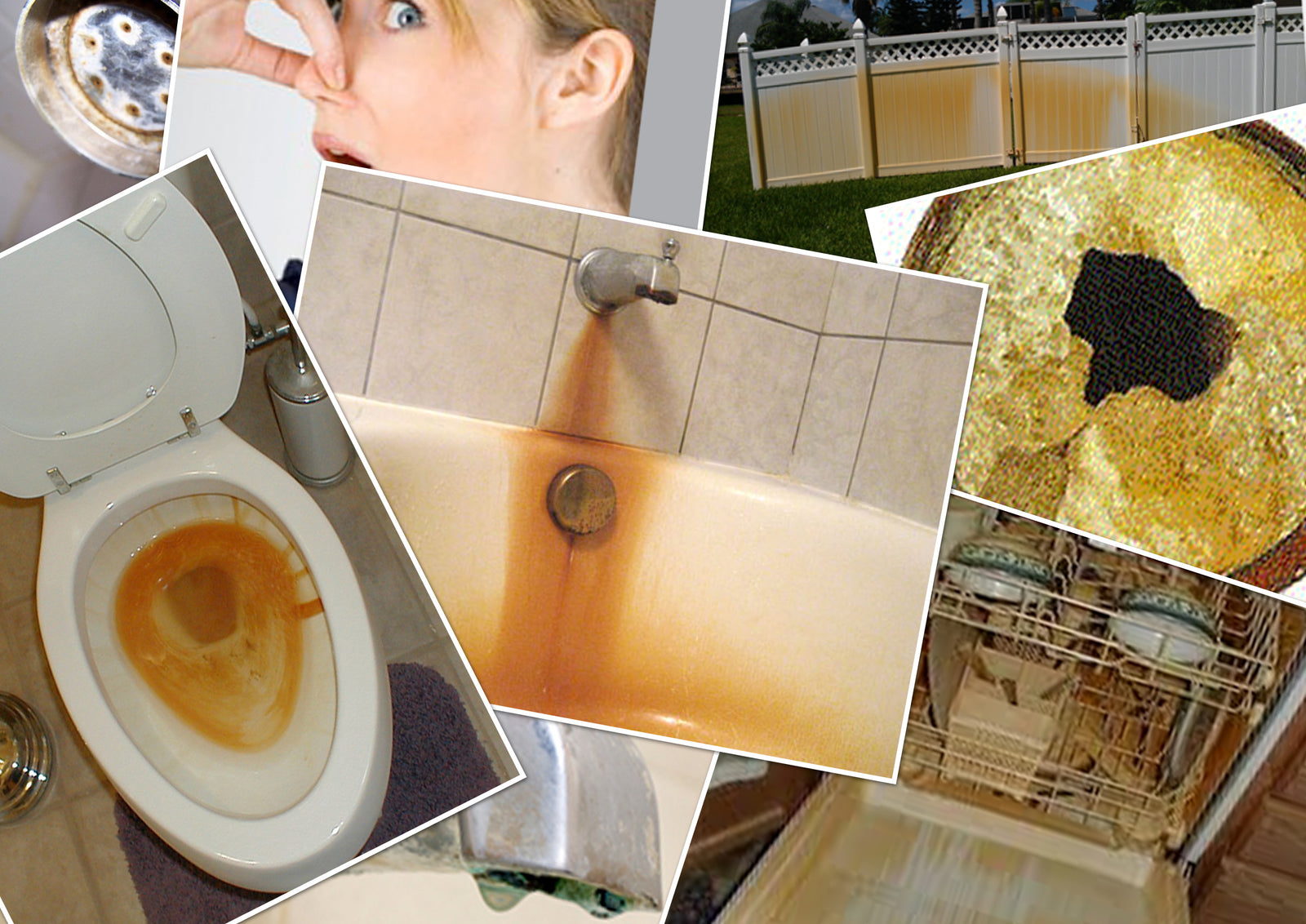
How do you Troubleshoot the Seven Deadly Sins of Well Water?
Having your own well at your home, cottage or cabin is much different from city or municipal water. The municipality treats your water in your town or city so you don’t need to worry about whether the water is safe to drink or not. With well water, you need to know what symptoms to look for to determine if any of these seven deadly sins are in your well or surface water and how to get rid of them for your family.
1) Bacteria – the only way you know for sure if you have bacteria in your well water is by having it tested specifically for bacteria at your local health unit or a Lab. The water can smell, have color to it and stain your fixtures all with or without bacteria. You can’t smell or taste bacteria so the only way you know if it’s present is by having the water tested. But remember, that the bacteria test only reveals if you have bacteria in your water at the time of the test, no one knows about tomorrows test. You’ll need to continually test for bacteria to get an update on whether you have bacteria or not. Bacteria is typically killed by using an Ultraviolet Disinfection System, or UV.
2) Lead in water has become more of a concern than ever before mostly due to recent high profile events in the news. Safe guarding against lead is pretty straight forward, you can either use a special kind of carbon filter to do the whole house, cottage or cabin or use a Reverse Osmosis Drinking Water system like this HUM Water Saver 75.
3) High TDS or Total Dissolved Solids is another potential concern with well water. Drinking water standard is 500 ppm or less. If your water has high TDS often it’s caused by extremely hard water or high levels of sodium or other minerals.
4) Hard Water leaves scaly deposits on every surface the water touches. You’ll see it on and around your fixtures, water line in the toilets and covering those beautiful glass shower doors. What’s equally important is where you don’t see it like caking on layer after layer inside your hot water heater, the valves inside your faucets and toilets and inside your washing machine and dishwasher. If you have a tankless hot water heater or Ultraviolet Disinfection System the hardness will clog and scale them up rendering them useless.
5) Sulphur in your water quickly becomes noticeable by that rotten egg smell. After some time you may become accustomed to it and stop noticing it, but your guests will remind you with their subtle “why does your water stink?” Although this is an aesthetic it will make your life miserable. This is easily fixed with an iron and sulphur filter.
6) Iron in your water shows up as those rusty stains, often in your toilets, fixtures, dishwasher etc. Your water can come out your faucets totally colorless but once it’s exposed to the air the iron starts to come out of your water an the water becomes colored and stains. A field or lab test can determine your water’s iron content and from there an iron/sulphur filter can be sized for your family.
7) Tannins cause discoloration in water similar to iron except tannins are organics tinting your water instead of being a mineral like iron. Common forms of tannins you may be familiar with are tea and wine. Tannins in them selves are not harmful, but they stain your tiles, grout and fixtures and can be a source of embarrassment when company comes over. And if you fill a bathtub full of tea colored water, nobody is going in there! Tannins in small quantities of water can be removed with a tannin filter cartridge, but for a whole house or cottage you need a dedicated tannin filtration system like this one.
We offer FREE water testing for minerals, just mail us a sample to: Water Store Midland, 1004 King Street, Midland, Ontario L4R0B8
